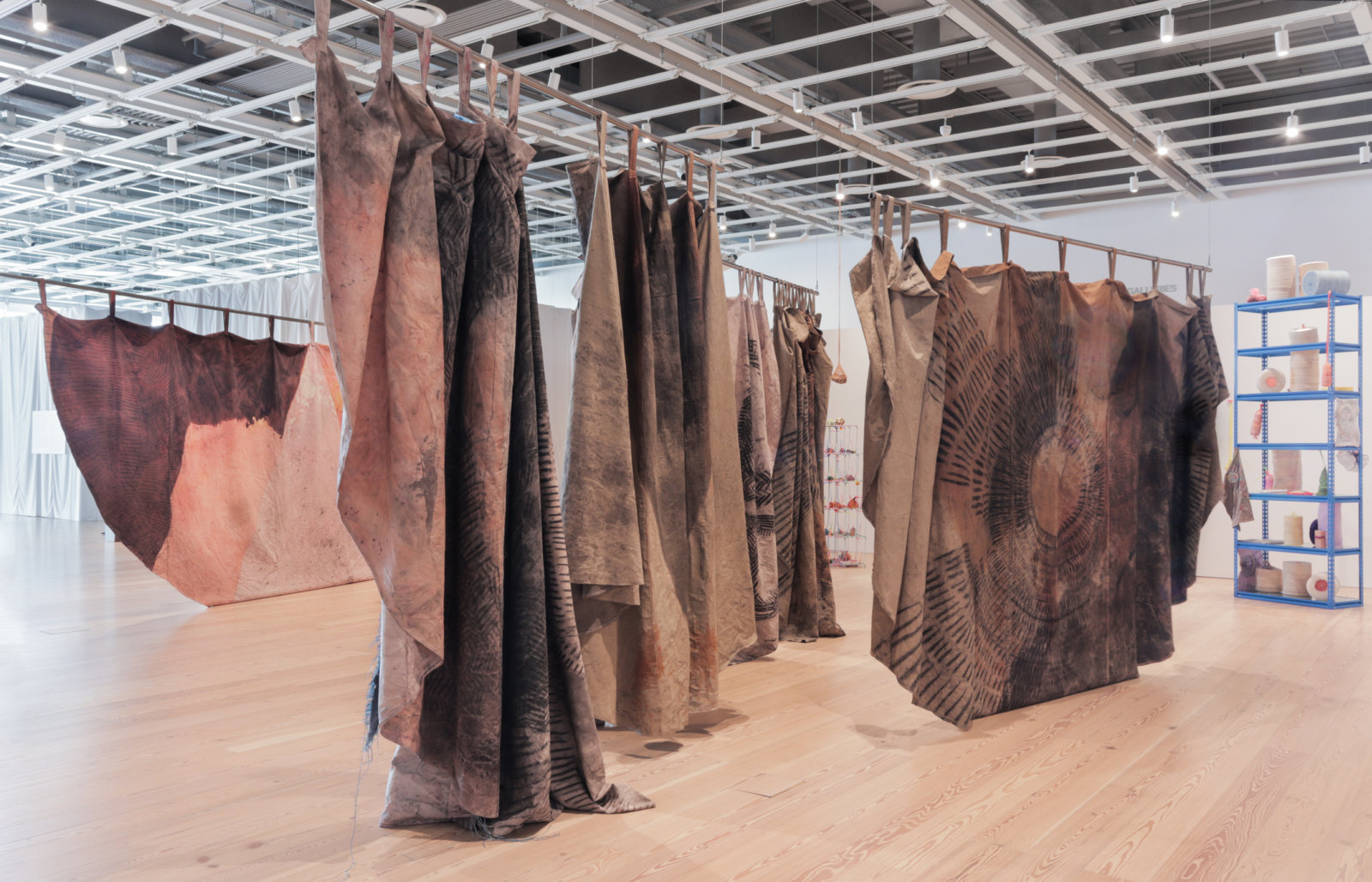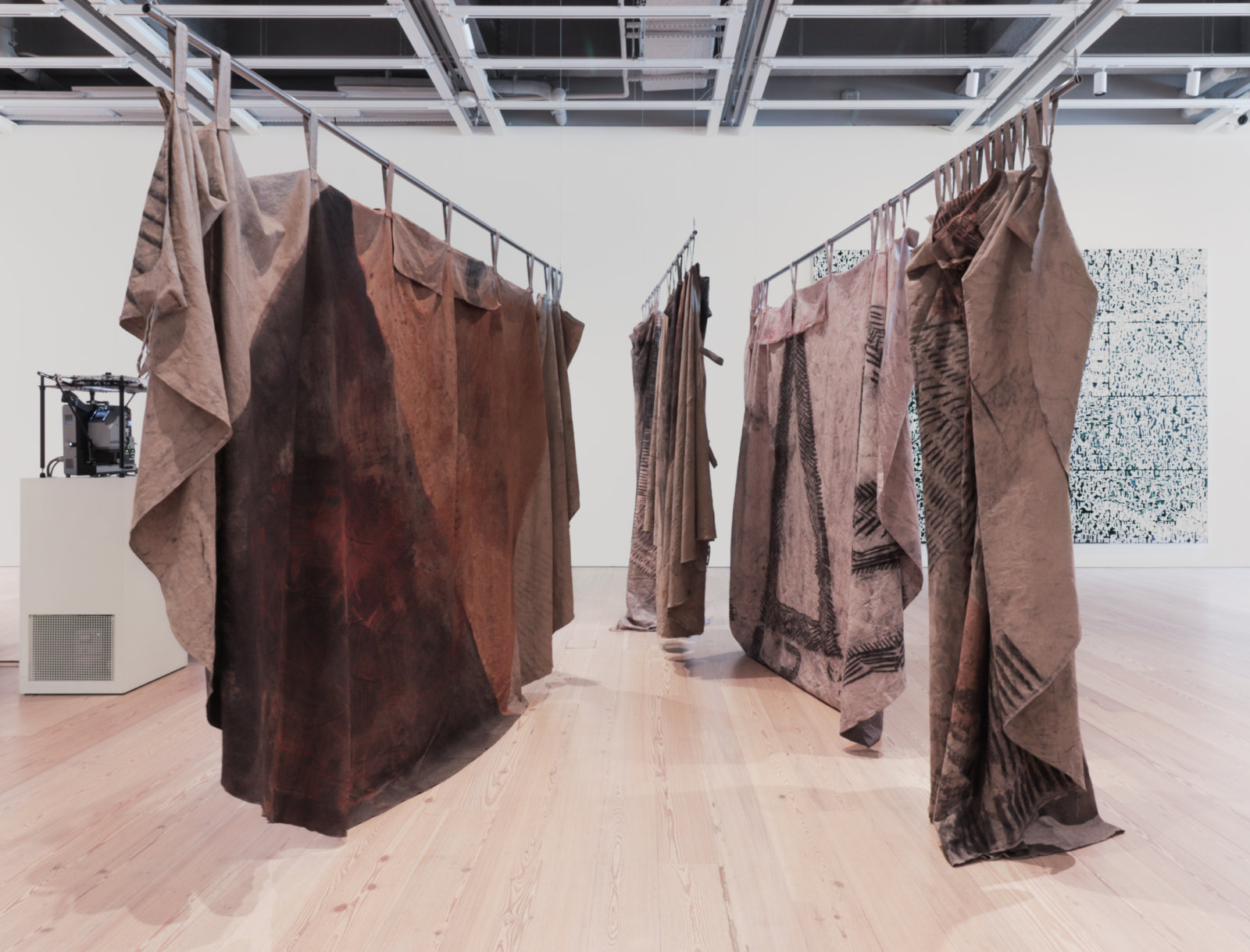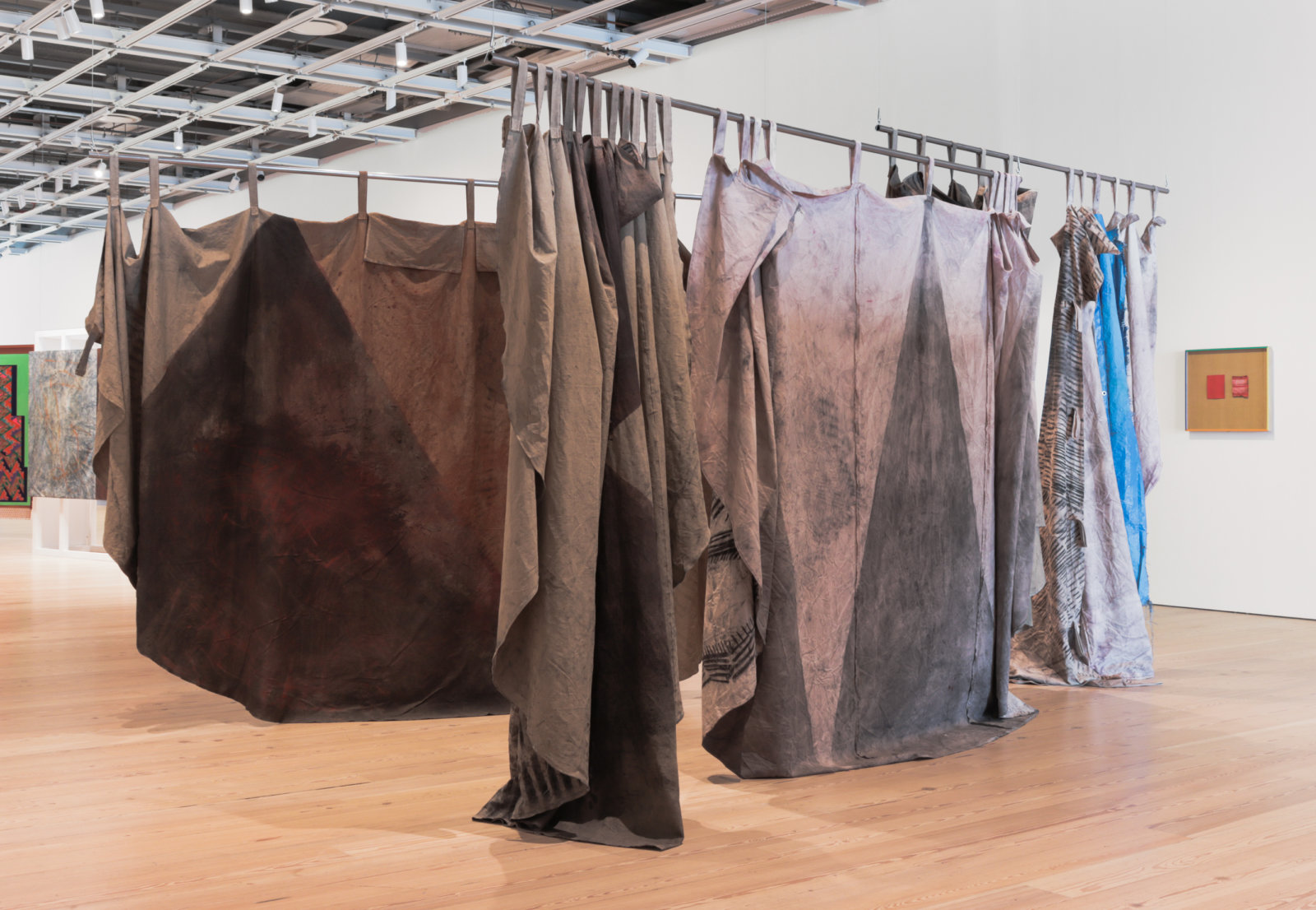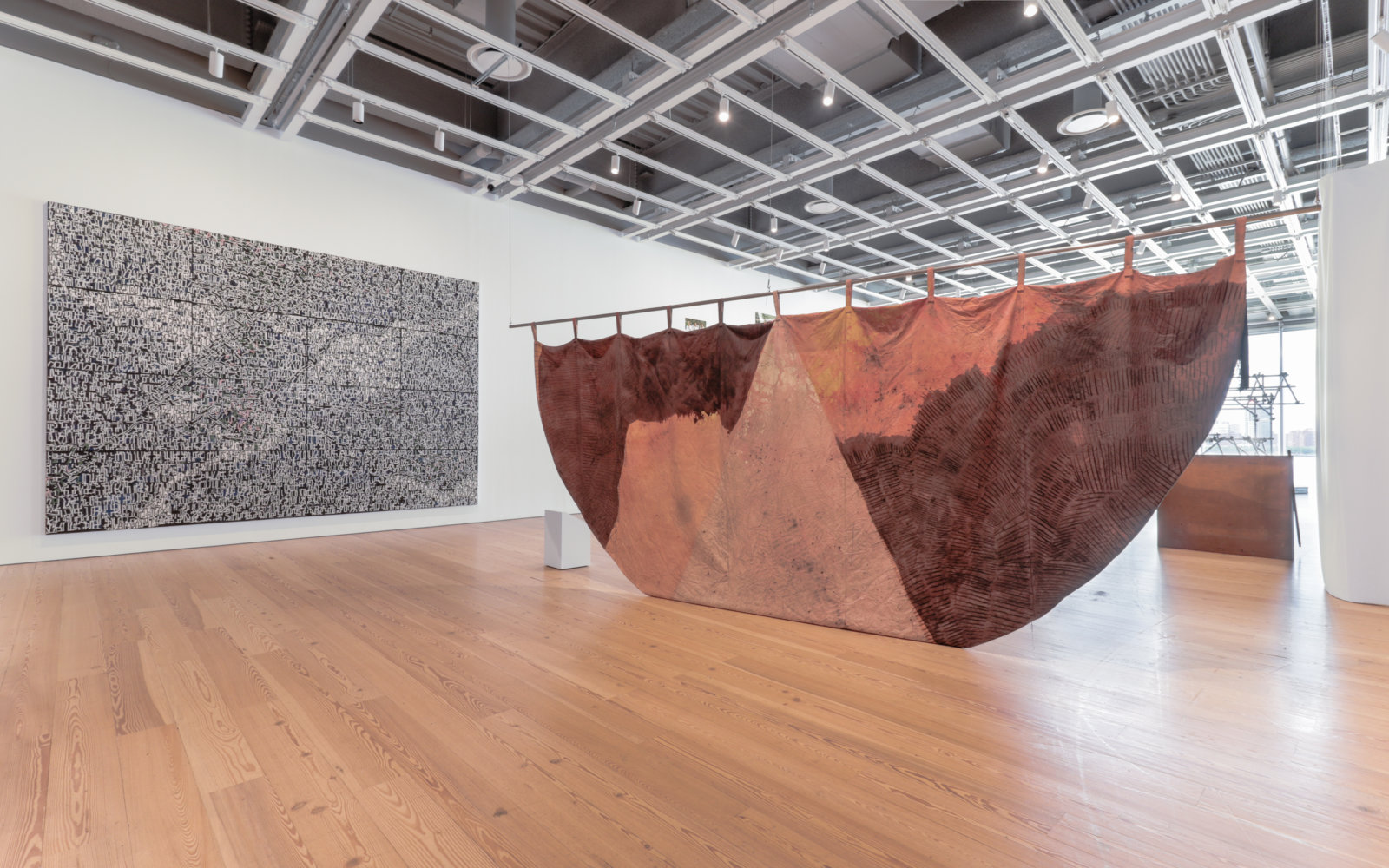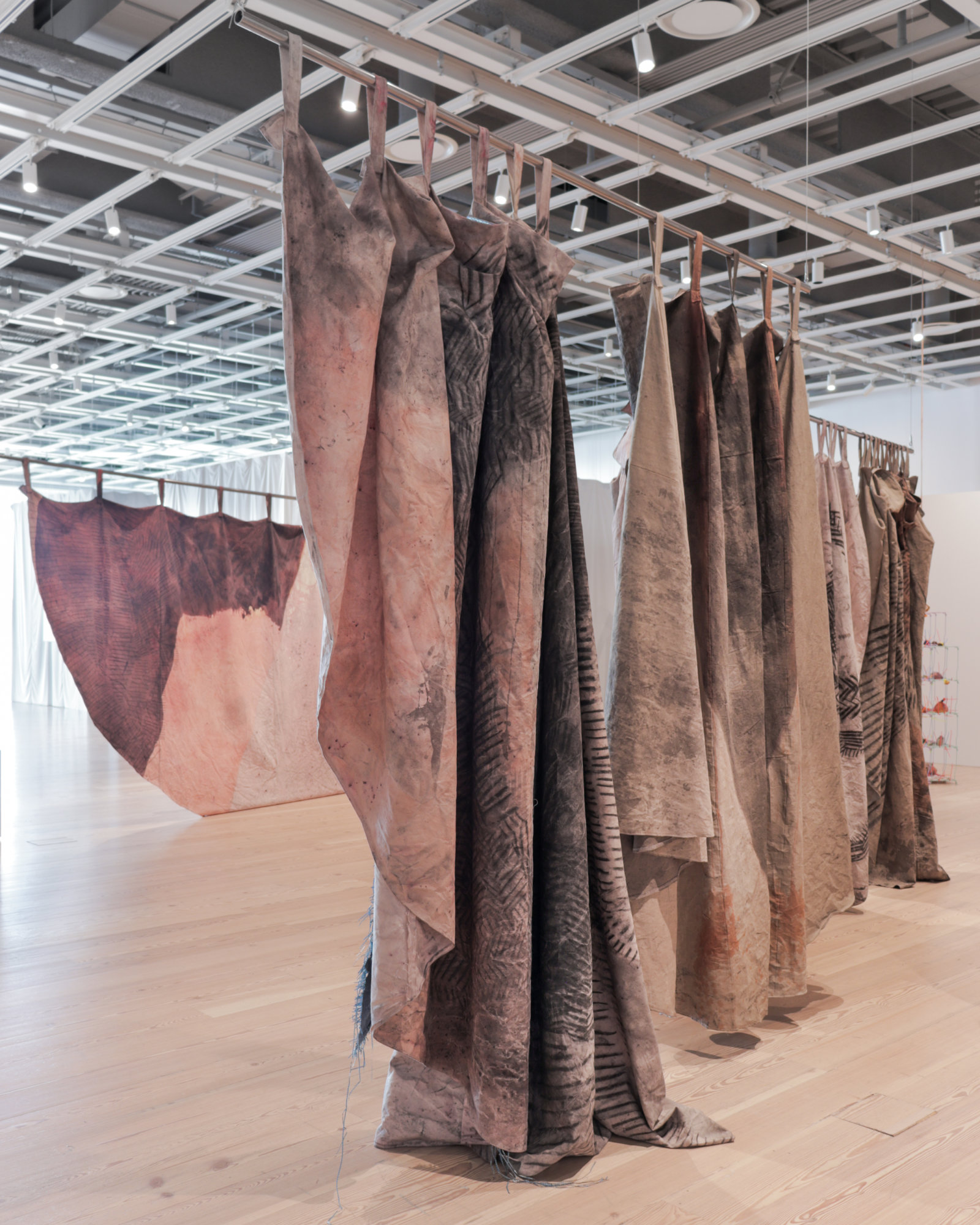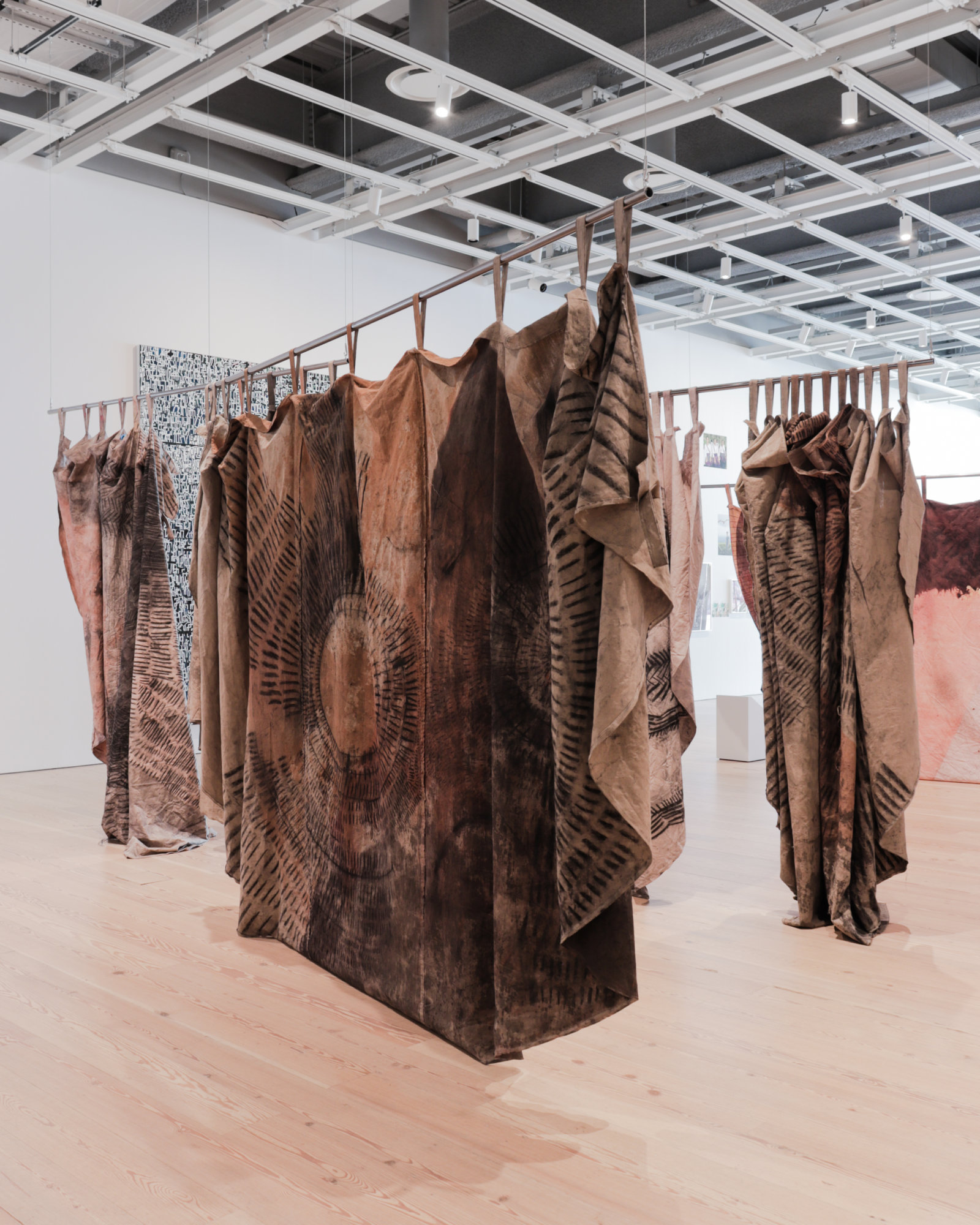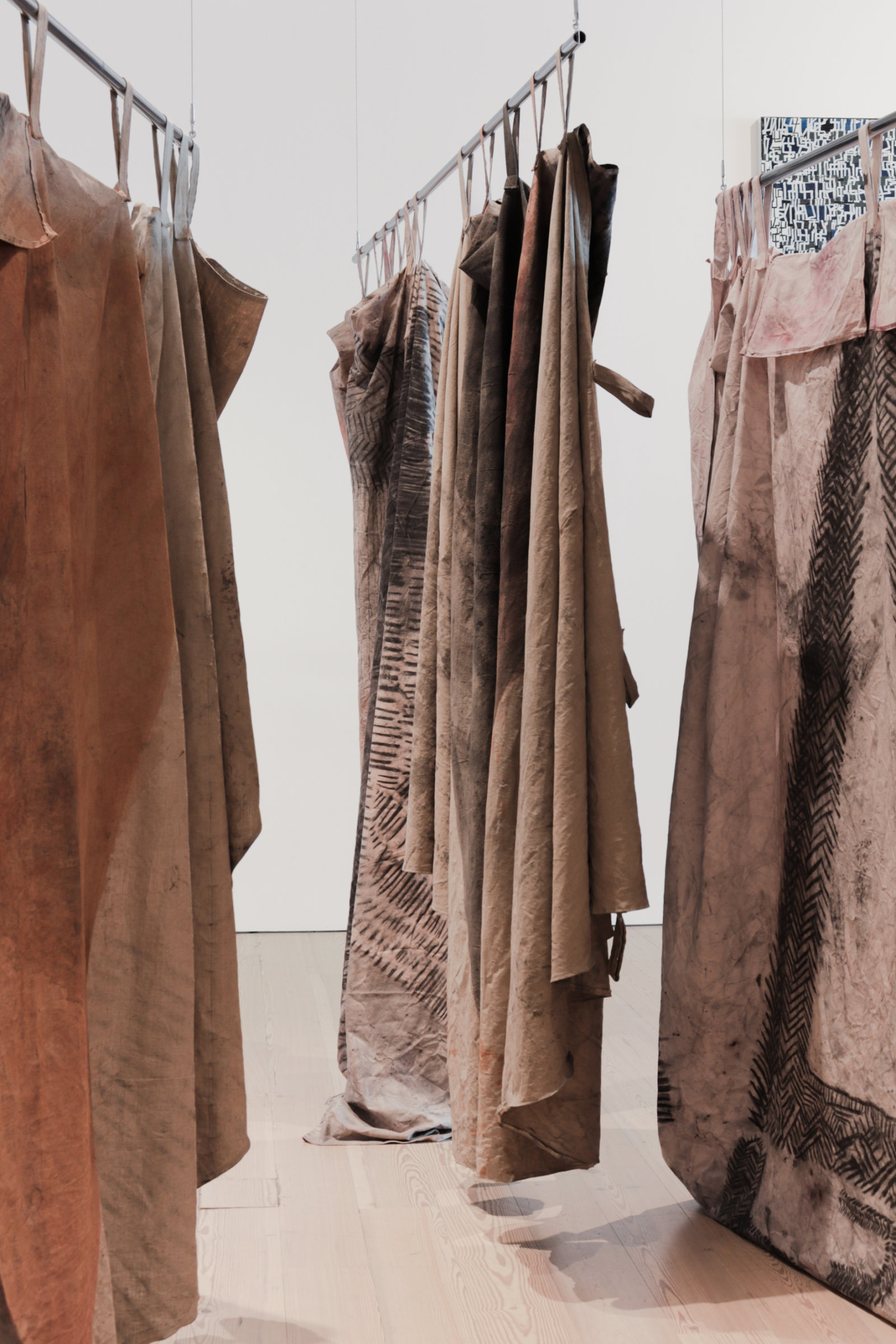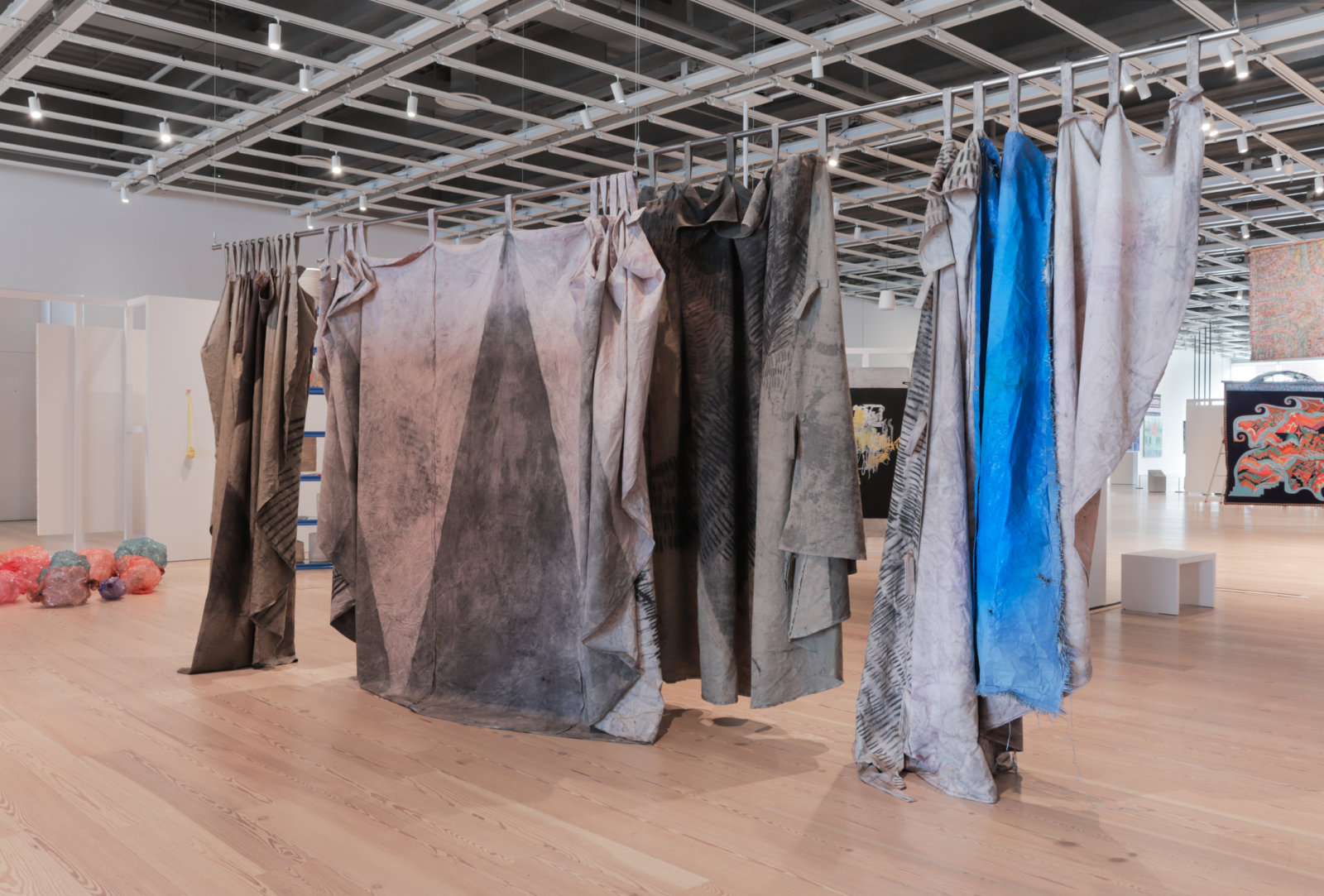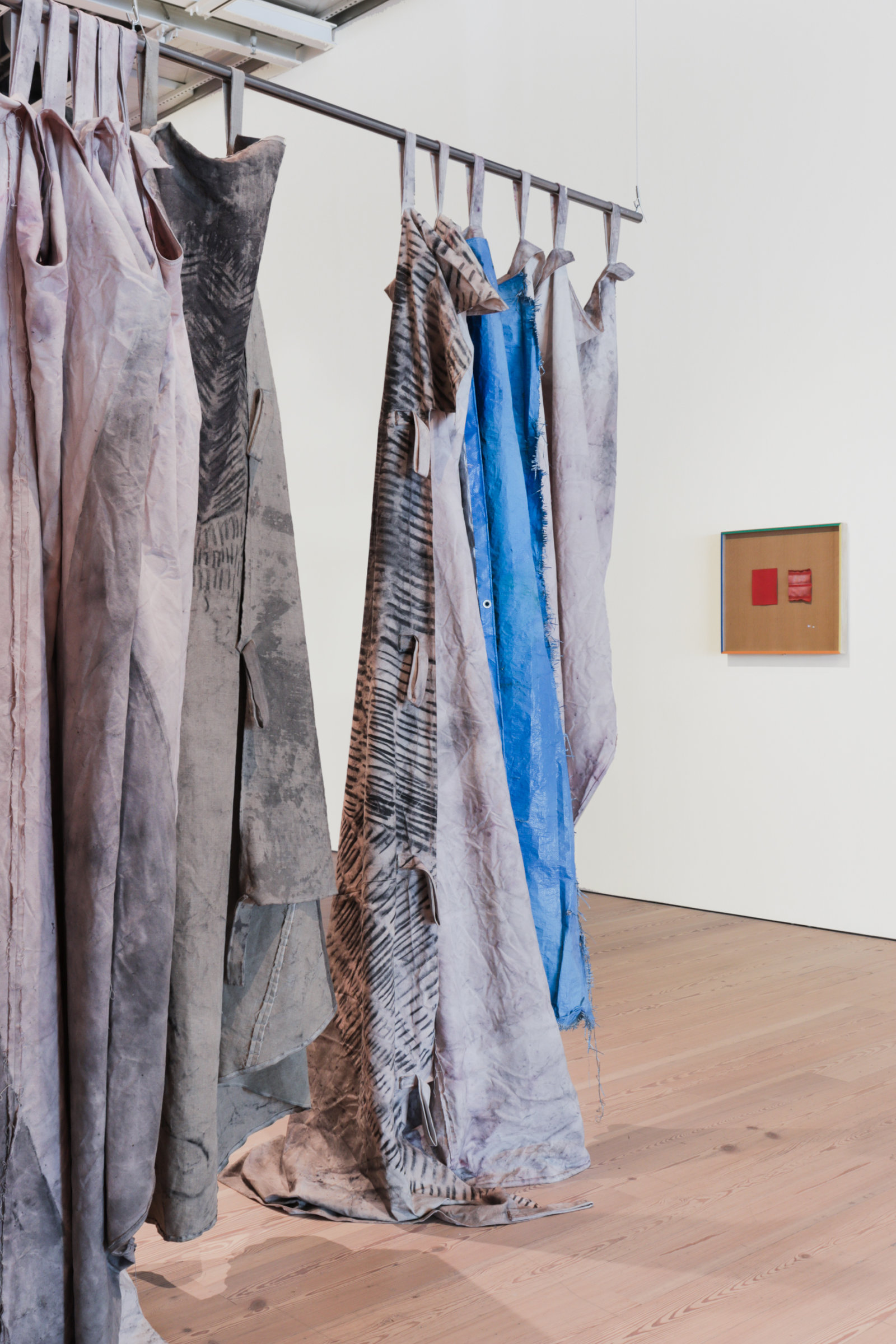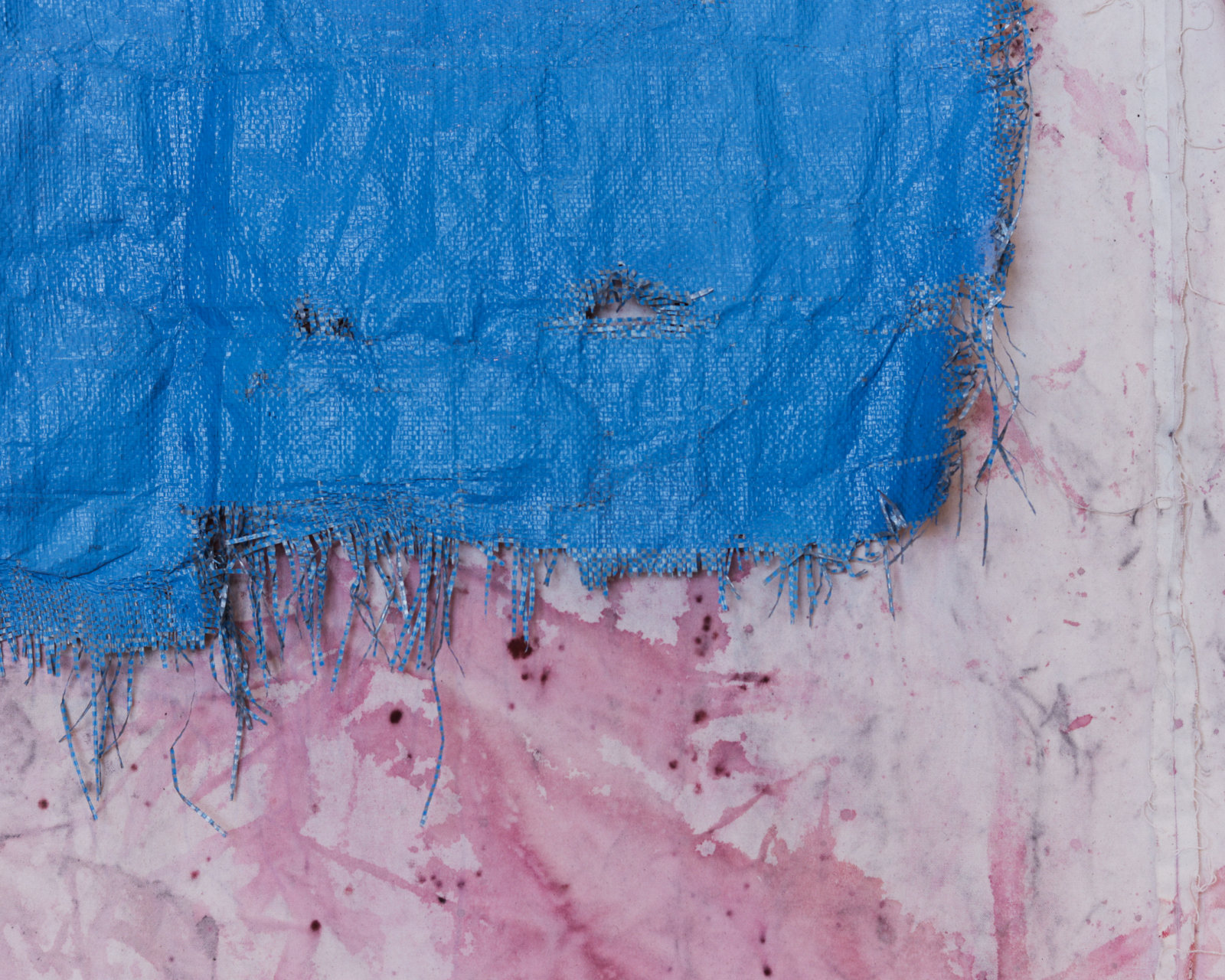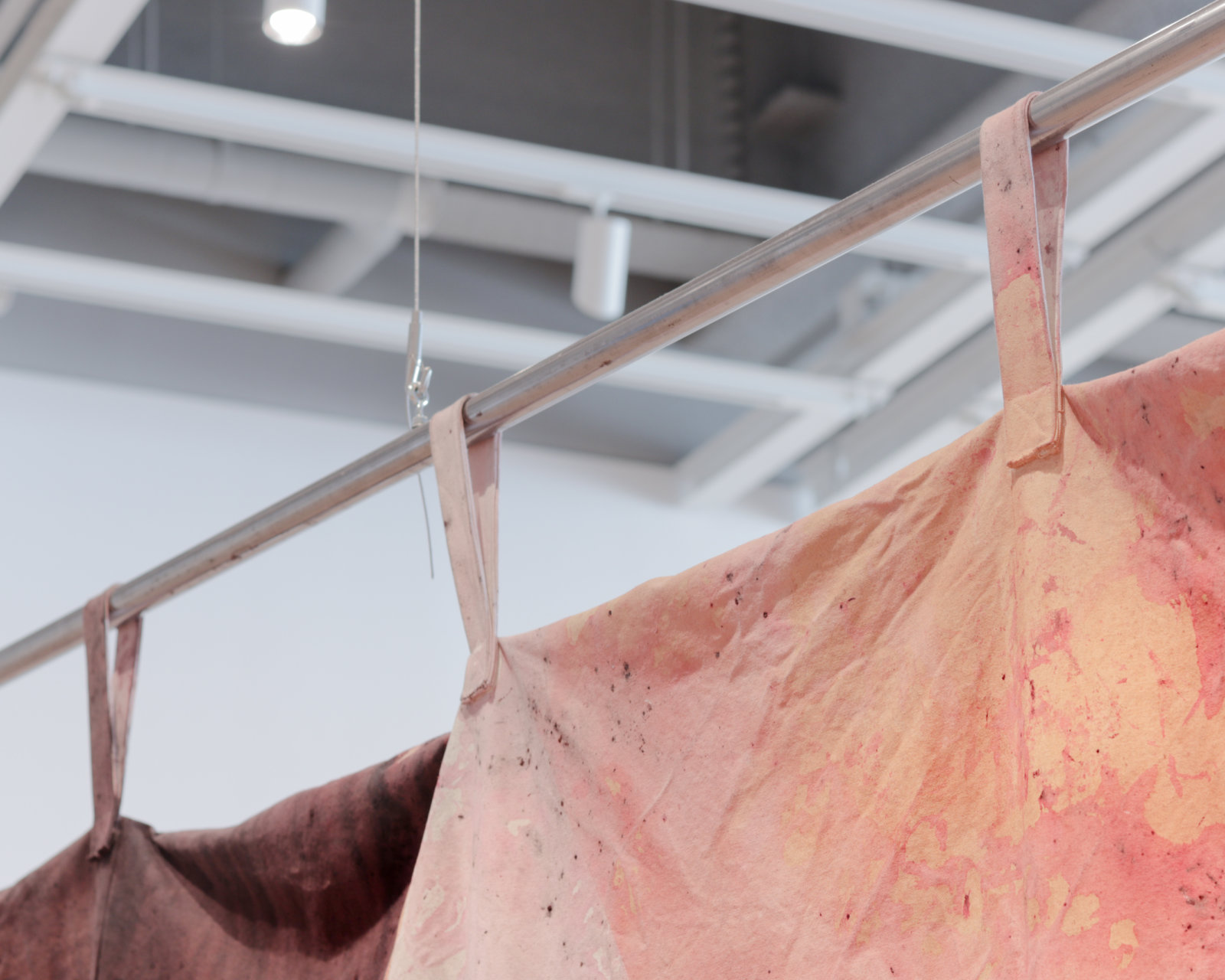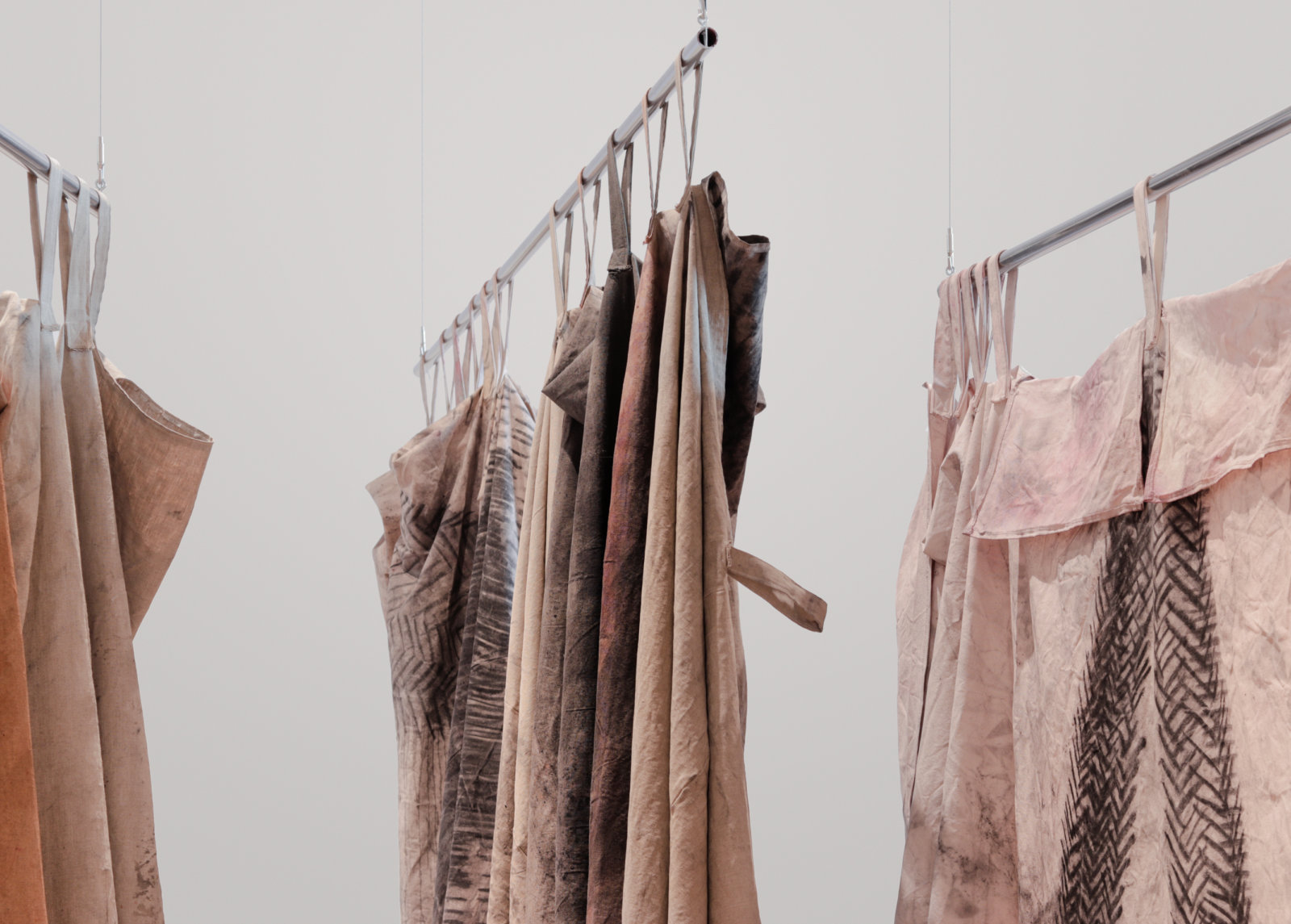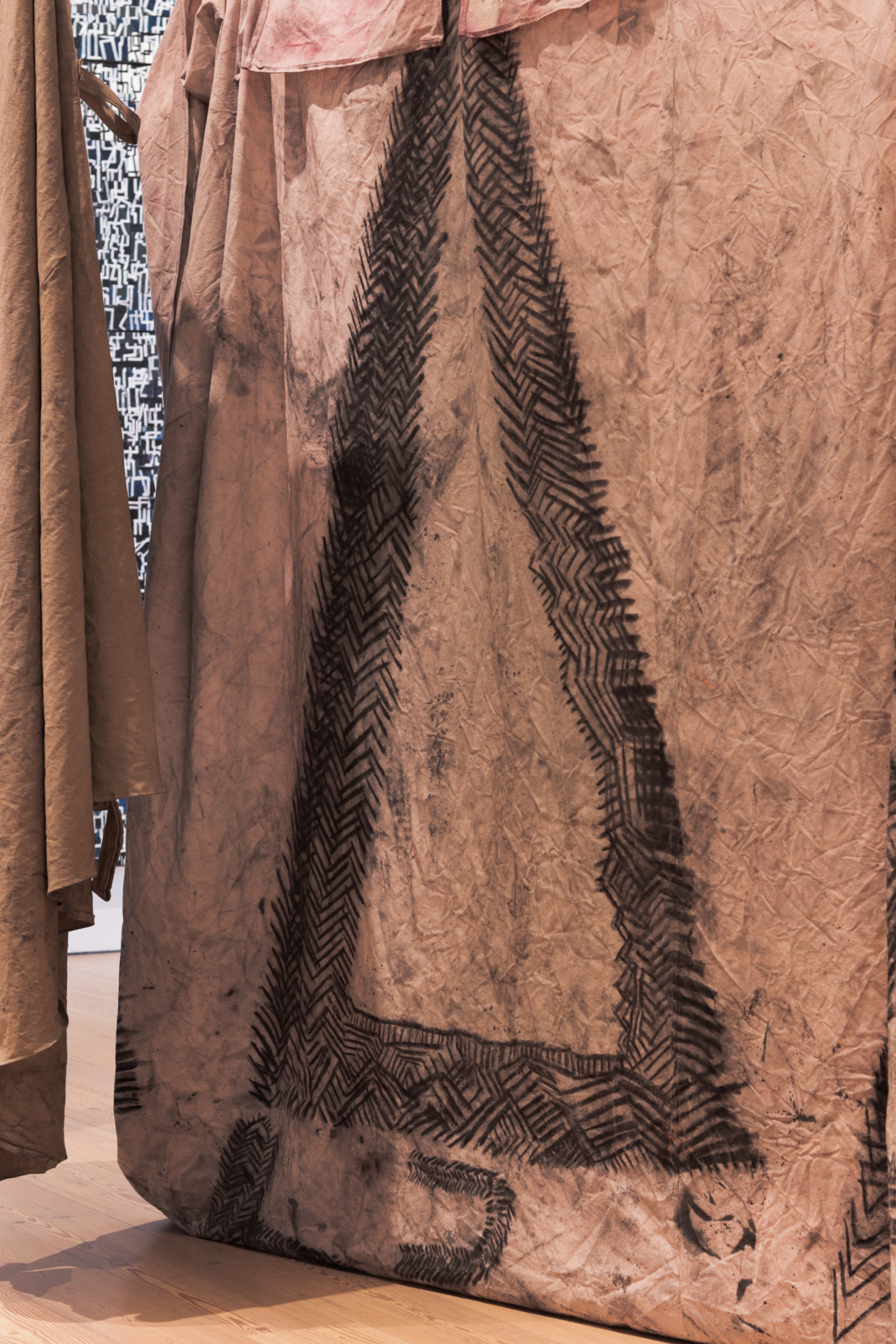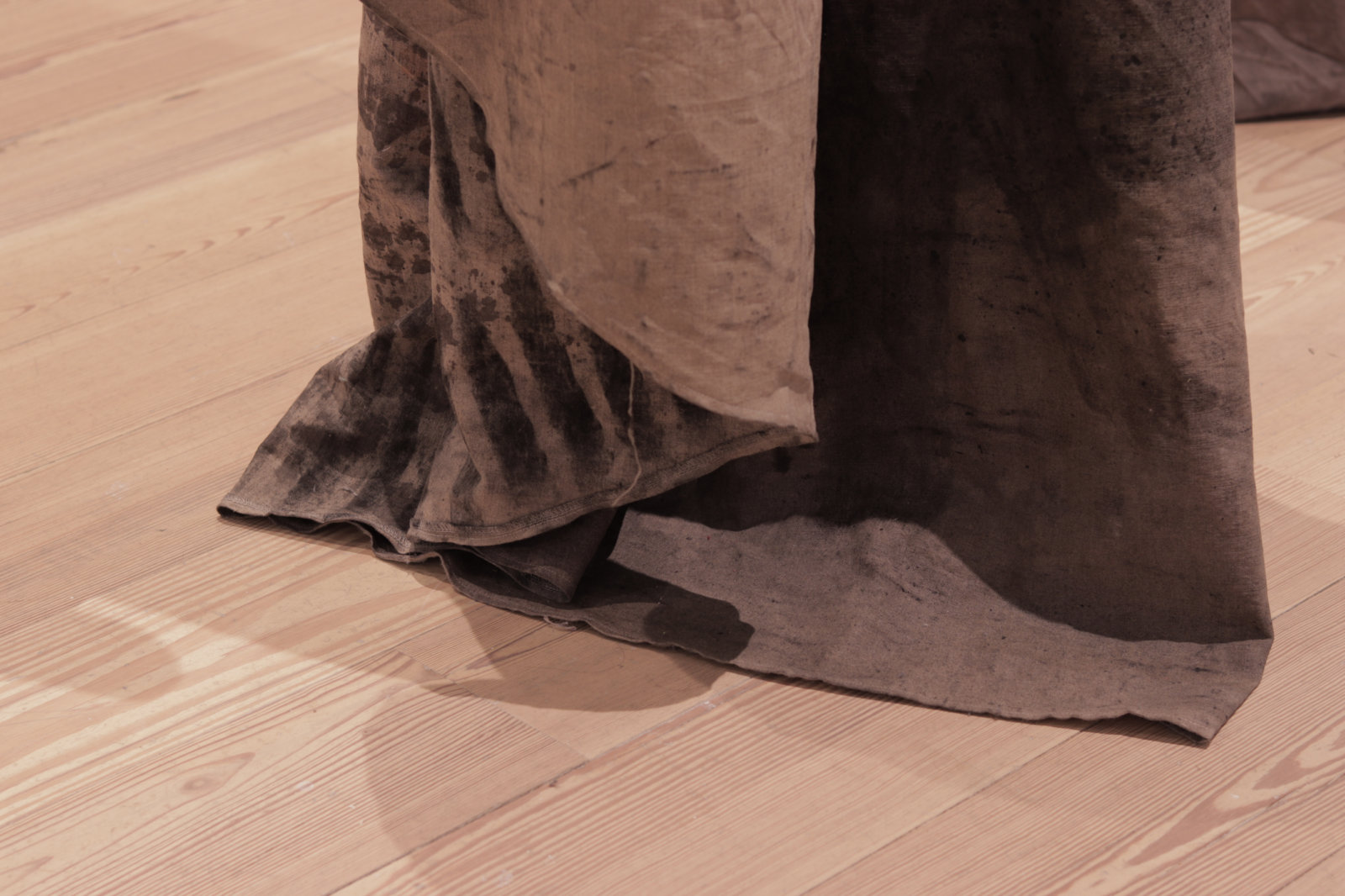Duane Linklater – Whitney Biennial 2022: Quiet as It's Kept APRIL 6–SEPTEMBER 5, 2022
Duane Linklater
Whitney Biennial 2022: Quiet as It's Kept
April 6–September 5, 2022
Whitney Museum of American Art, New York, USA,
Since the start of the pandemic, time has expanded, contracted, suspended, and blurred—often in dizzying succession. We began planning this Biennial in late 2019: before Covid and its reeling effects, before the uprisings demanding racial justice, before the widespread questioning of institutions and their structures, before the 2020 presidential election. Although underlying conditions are not new, their overlap, their intensity, and their sheer ubiquity created a context in which past, present, and future folded into one another. We organized this Biennial to reflect these precarious and improvised times. Many artists’ contributions are dynamic, taking different forms during the course of the exhibition. Artworks change, walls move, and performances animate the galleries and surrounding objects. The spaces of the Biennial contrast significantly, acknowledging the acute polarity of our society. One floor is a labyrinth, a dark space of containment; another is a clearing, open and light filled.
Rather than offering a unified theme, we pursue a series of hunches throughout the exhibition: that abstraction demonstrates a tremendous capacity to create, share, and sometimes withhold meaning; that research-driven conceptual art can combine the lushness of ideas and materiality; that personal narratives sifted through political, literary, and pop cultures can address larger social frameworks; that artworks can complicate the meaning of “American” by addressing the country’s physical and psychological boundaries; and that our present moment can be reimagined by engaging with under-recognized artistic models and artists we have lost. Deliberately intergenerational and interdisciplinary, this Biennial proposes that cultural, aesthetic, and political possibility begins with meaningful exchange and reciprocity.
The subtitle of this Biennial, Quiet as It’s Kept, is a colloquialism. We were inspired by the ways novelist Toni Morrison, jazz drummer Max Roach, and artist David Hammons have invoked it in their works. The phrase is typically said prior to something—often obvious—that should be kept secret. We also adorned the exhibition with a symbol, ) (, from a N. H. Pritchard poem, on view in the exhibition, as a gesture toward openness and interlude. All of the Whitney’s Biennials serve as forums for artists, and the works on view reflect their enigmas, the things that perplex them, and the important questions they are asking. But each of the Biennials also exists as an institutional statement, and every team of curators is entrusted with making an exhibition that resides within the Museum’s history, collection, and reputation. In its eightieth iteration, the Biennial continues to function as an ongoing experiment.
–David Breslin and Adrienne Edwards, curators
Duane Linklater works with patterns used for tipi covers. He leaves the material outside to accumulate imprints of the land and then uses organic matter—from sumac dye to flowers—to create surface, image, and texture. The finished works are manipulable. He sees a direct connection between the possibility of reimagining the work and ideas of Indigenous sovereignty and survival. Abstraction also allows Linklater to accommodate subjects whose severity and magnitude are impossible to represent—including genocide and residual violence. These most recent works bear evidence of written syllabic characters from Ininîmowin, the Cree language. The artist has worked with his grandmother, Agnes Hunter, on translation projects that preserve Indigenous practices and project them into the future.
Duane Linklater: My name is Duane Linklater, and I’m originally from Moose Creek First Nations, which is located in Treaty 9 Territory in Northeastern Ontario situated along the southern coast of James Bay.
Narrator: Linklater uses pigments that have been important to Indigenous artists, including sumac, charcoal, and cochineal. He’s painted them onto linen canvas that will be shifted and rearranged over the course of the Biennial.
Duane Linklater: These are tipi covers. They’re not functional tipi covers, but I think that the idea is there. There’s something important about these works and their ability to articulate a change, or their ability to articulate a fluctuation of time and space. And that’s sort of originating from their original uses, as tipi covers, as this sort of very, very flexible mode of architecture, this flexible mode of being able to move from one place to another, according to the situation of the environment.
The series is called Wintercount. And so in my own culture, my Omaskeko Cree culture that when we ask each other this question of how old are you? And when we ask each other that question in Cree, if we were to translate, that would literally be saying, how many winters are you? If we are looking at a lifetime of a person, that person is half winter, the sort of way I look at it, right? And so this really beautiful way to think about the presence of winter. In this case, there were certain things that I’ve been thinking about over the past three or four years, five years, and that have made their way into the work. For example, I think one of the important ones this past summer in Kamloops, they uncovered a number of unmarked graves of children who went to residential school.
Narrator: The Canadian Truth and Reconciliation Commission has described the residential schools as a central element in Canadian policy on Indigenous people for over a century. Children were taken away from their families in an effort to force assimilation and erase Indigenous cultures. Thousands of unmarked graves have been uncovered around Canada, and the search for more continues. In November of 2021, the Department of the Interior announced plans to begin identifying the unmarked graves that exist at similar schools in the United States.
Duane Linklater: Myself, I didn’t attend residential school, but many of my family members were forced to attend residential schools. And it had a profound impact on my family, and part of what it is that’s happening in here, and part of making this work, being able to articulate myself, and being able to speak and make work, make choices, free, open choices with the work seems important in light of this historical context.
–Exhibition guided tour transcript
